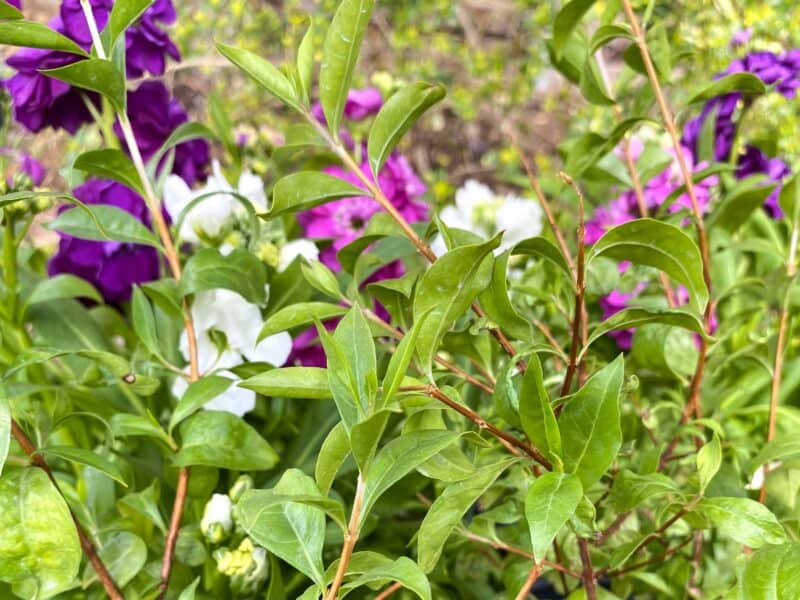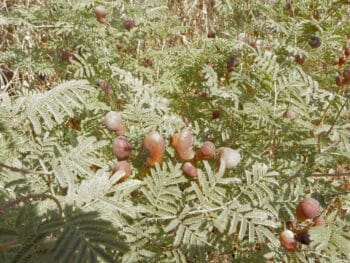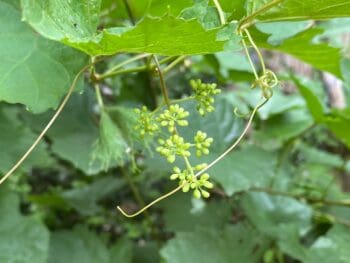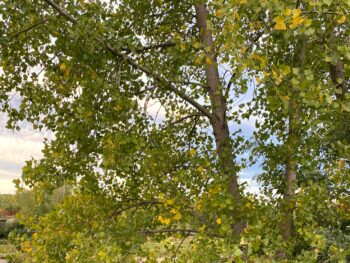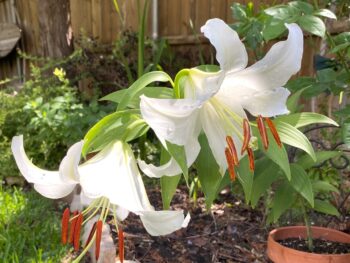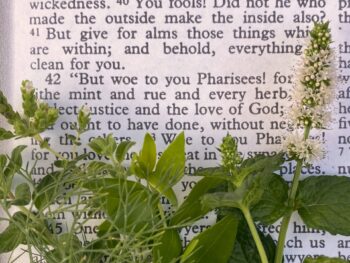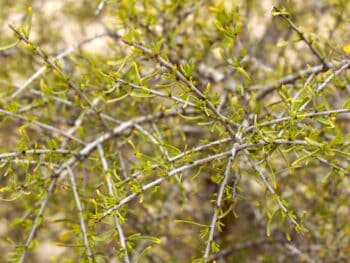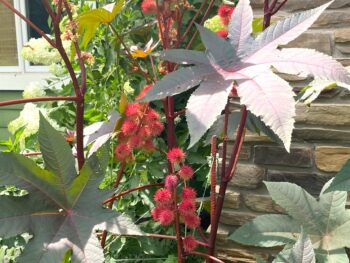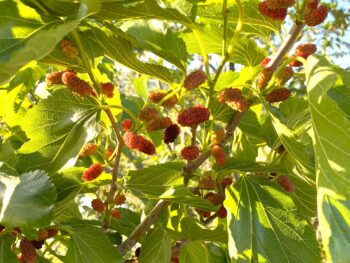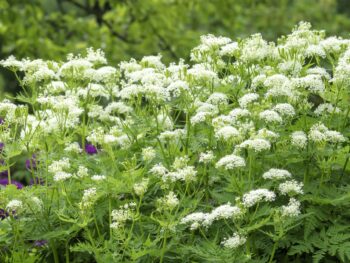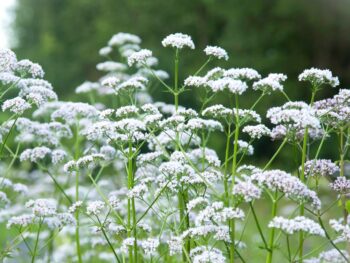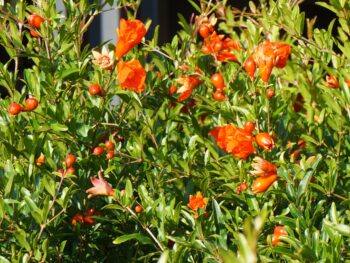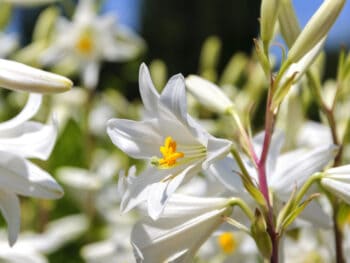In preparing for planting The Bride’s Garden, we’ll begin near the beginning of Song of Songs, where the beloved plunges into the pleasant scent of her lover, advancing her encounter to a perfume-induced pursuit (v. 1:3-4). She expounds the intense experience of being with him by comparing his presence to the unique aromas of myrrh and blossoming henna:
A sachet of myrrh is my lover, like a tied-up bundle of myrrh resting over my heart. He is like a bouquet of henna blossoms—henna plucked near the vines [at En-gedi]. Song of Songs 1:13-14 TPT
Let’s explore henna this week, and you’ll see why we come back to myrrh at the end of Lent.
Blossoming Henna
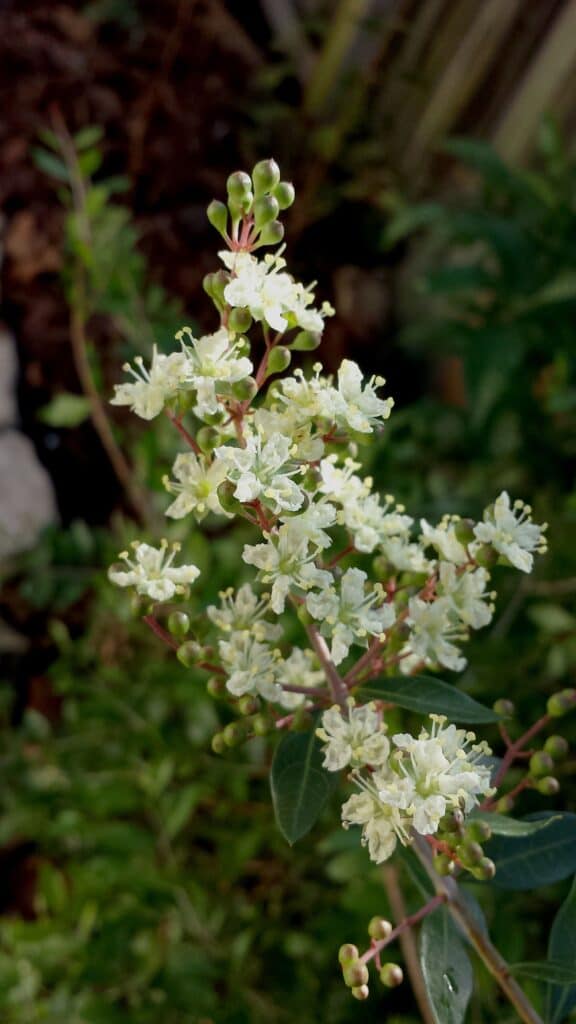
Henna, Lawsonia inermis, is best known as a temporary dye—amber, rustic-colored—used in ornate designs on the skin or coloring hair. The dye extracts from the plant’s leaves. However, henna blooms in white, sometimes pink, panicles on the branch-ends of this large shrub, and reports say the smell is exceedingly fragrant. Indeed, henna blossoms make the famous list of pleasing aromas in chapter 4, the plant line-up at the heart of this 7-week study.
Your plants are an orchard of pomegranates with choice fruits, with henna and nard, nard and saffron, calamus and cinnamon, with every kind of incense tree, with myrrh and aloes and all the finest spices. Song of Songs 4:13-14 NIV
Swoon in these sweet scents, some as familiar as pumpkin spice, and some exotic, beyond the garden gate, and beyond the budget!
Make Atonement
Digging deeper to the Hebrew name for henna, koper, reveals a precious reflection of our Jesus, and what He did for us. Koper means a cover or a ransom, the price of a life. Henna is so named for the practice of covering or dying the skin and hair, yet how much more does this resound the poetry of Jesus as the kapparah, our covering, our ransom, our atonement: The One who paid the price for each of our lives with His life. He covered the cost of our sin and death through His sacrifice.
God put Yeshua forward as the kapparah for sin through his faithfulness in respect to his bloody sacrificial death. Romans 3:25 CJB
The mention of henna may seem expected at first, given the King’s taste for exotic spices and extravagant plants (he knew all of them, after all!). Yet by association of this plant’s name, we are ushered unexpectedly to the ultimate covering. The sing-song of this bridal book connects at a profound level to the devotion of God’s love, and shows us how He has prepared every detail to draw us to Him.
First, the mercy seat represented God’s ransom, or the Atonement-Cover as The Message translates, the place of meeting God for exchanging sacrifice to atone for iniquities…
Set the Atonement-Cover as a lid over the Chest and place in the Chest The Testimony that I will give you. I will meet you there at set times and speak with you from above the Atonement-Cover and from between the angel-figures that are on it, speaking the commands that I have for the Israelites. Exodus 25:22* The Message
“Place [the altar] in front of the curtain by the ark for the testimony, in front of the ark-cover that is over the testimony, where I will meet with you. Aharon will burn fragrant incense on it as a pleasing aroma every morning… Aharon is to make atonement on its horns once a year — with the blood of the sin offering of atonement he is to make atonement for it once a year through all your generations; it is especially holy to Adonai.” Exodus 30:6-7, 10 CJB
…then fulfilled in the atonement Jesus made with His life. Linger awhile in the following Scriptures and meet Him at His sacrifice and covering:
Help us, O God of our salvation, For the glory of Your name; And deliver us, and provide atonement for our sins, For Your name’s sake! Psalm 79:9 NKJV
A soul’s redemption is too costly and precious for anyone to pay with earthly wealth. Psalm 49:7-8 TPT
For I am your Savior, Yahweh, your mighty God, the Holy One of Israel! I give up Egypt as the price to set you free, Cush and Seba in exchange to bring you back. Since you are [dear, costly, of great price] in my eyes, and because I love you dearly and want to honor you, I willingly give up nations in exchange for you—a man to save your life. Isaiah 43:3-4 TPT
O God of the breakthrough, for the glory of your name come and help us! Forgive and restore us; heal us and cover us in your love. Psalm 79:9 TPT
Here is what love is: not that we have loved God, but that he loved us and sent his Son to be the kapparah for our sins. 1 John 4:10 CJB
For even the Son of Man did not come to be served, but to serve, and to give His life a ransom for many. Matthew 20:28 & Mark 20:45 NKJV
AND WE HAVE COME TO JESUS WHO ESTABLISHED A NEW COVENANT WITH HIS BLOOD SPRINKLED UPON THE MERCY SEAT HEBREWS 12:24 TPT
Though we are overcome by our many sins, your sacrifice covers them all. Psalm 65:3 TPT
You should be aware that the ransom paid to free you from the worthless way of life which your fathers passed on to you did not consist of anything perishable like silver or gold; on the contrary, it was the costly bloody sacrificial death of the Messiah, as of a lamb without defect or spot. 1 Peter 1:18-19 CJB
You have all become true children of God by faith in Jesus Christ! Faith immersed you into Christ, and now you are covered and clothed with his life. Galatians 3:26-27 TPT
Blossoming Henna in Your Bride’s Garden
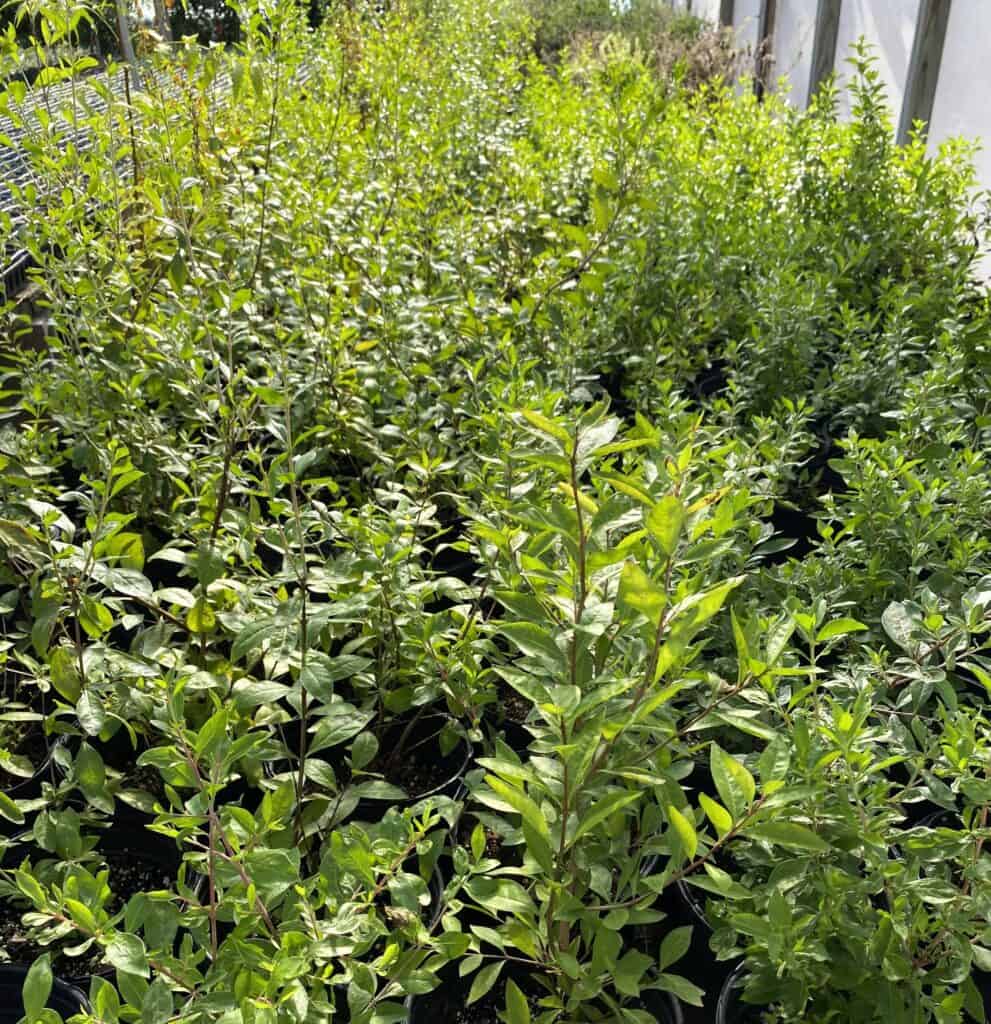
Since henna prefers nighttime temperatures at least 50 degrees and warmer (and can handle much warmer!), cold hardy to zones 10-11, most of us will need to modify our cultivation of blossoming henna specimens in our gardens. One option is to pot the plants for an easy transition to overwinter indoors, preferably in a greenhouse with plenty of light. Bright exposure and consistent temperatures will keep the plant evergreen; although henna is semi-deciduous, and losing its leaves through the winter would signal dormancy but not death.
Alternately, henna can be treated as an annual, to be enjoyed throughout the growing season until the first frost; then buy new plants next spring. They will yield plenty of leaves, which most people are interested in for homemade dye, but will the plants bloom in just one growing season? Research hasn’t revealed an answer, but I will be sure to report!
Another option substitutes Lawsonia inermis for a similar plant. Here are several species not mentioned in the Bible yet suggestive of henna’s horticulture:
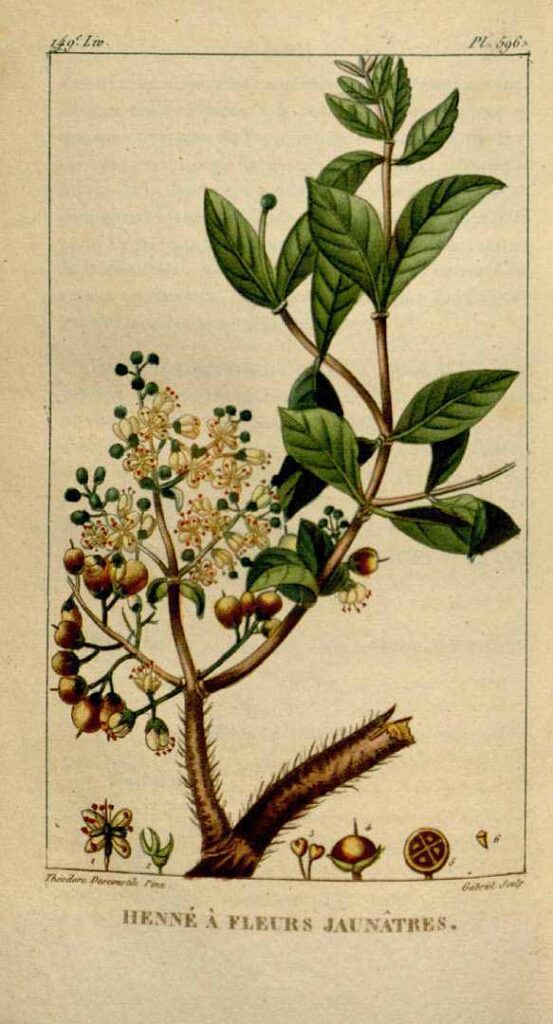
Crape myrtle, Lagerstroemia indica, displays a similar flower structure to henna, also from the same plant family, Lythraceae (sidenote: so are pomegranates). This family has characteristic crinkled-petal flowers at the end of spraying branches, easily noticed in these blossoming beauties. Crape myrtles form large shrubs or small trees as henna plants do, yet do not have the same aromatic impact, though some cultivars emit a light scent. They are favorites in the south for summer color, matching henna’s vivid reds-to-pinks, yet also available in white. Zones 6-9.
Lilac, Syringa oblata, happy in northern gardens, grows in habit close to henna, matching henna’s heavenly aroma. Lilacs also grow as large shrubs, losing their leaves in the winter months. White varieties would be a great stand-in for the Biblical bridal plant. Lilacs are from the Oleaceae family, which includes another Holy Land favorite, the olive tree. Zones 4-7.
Stock, Mattihola incana, makes a lovely liaison to henna with its panicle-shaped flowers and beckoning scent. Though henna is a large shrub and stock flowers are medium-height annuals, flower form and floral aroma align alluringly. Stock needs cool summers or grow the plants fall to cool-spring in hot climates—opposite of henna, stock likes it under 50 degrees! These stand-alone blooms are from the Crucifereae (now Brassicaceae) family, resounding Christ’s price for life in every four-petaled, cross-shaped flower (hard to recognize in stock’s double-ruffled blossoms). Henna blossoms have four petals in a cruciform arrangement.
Closing Prayer
O Lord, we have met you in meaningful ways already in The Bride’s Garden, where you have shown us your moves to make ready and make atonement—You are the One who has made atonement. There is no price I can pay for my ransom and no work I can do to earn my way to Your heart. You have covered me! Thank You, dear Lord; thank You for giving Your life for me. Let my worship be a pleasing aroma wafting Your way, every moment of every day. Yet still: It is Your covering and Your love that ushers me to You. Thank You for calling me to come to You. Amen.
The Spirit and the bride say, “Come!” Revelation 22:17 NIV

The Bride’s Garden is a 7-week series for the Lenten Season, focusing our thoughts and meditations on God’s Words of garden matrimony. Especially, the Scriptures swooning with flowering, fruiting plants contained in Song of Songs. While God hints throughout the Bible of His Bridegroom-like devotion to His people, He goes all-out with lavish botanicals in King Solomon’s bridal songbook, describing scents and fruits and enthralling garden views, giving us things to have and to hold as we cultivate a deeper longing for Him.
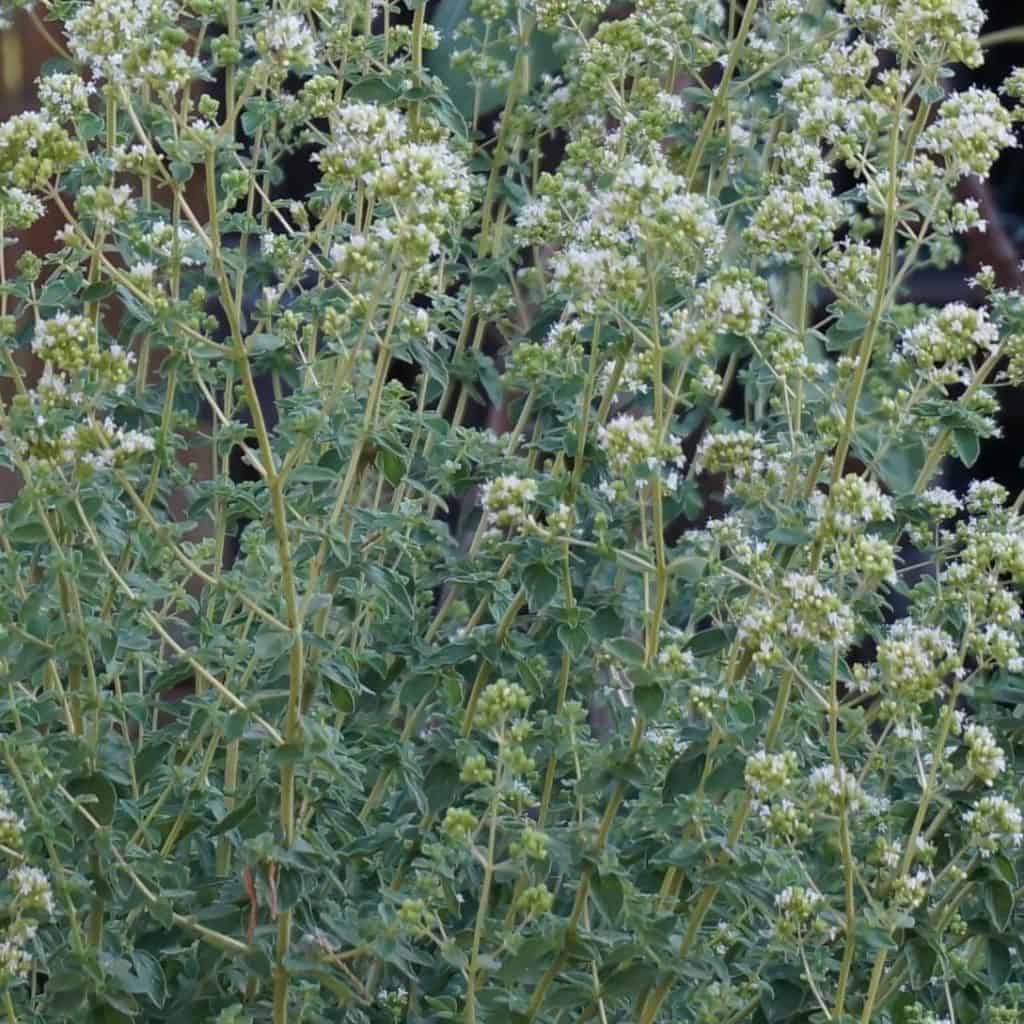
Naturally, Song of Songs has been a joy to dig into for years in the Devotions Blog at Garden in Delight, with a wide range of enticing plants to spice up a Biblical Garden. Refer to these articles for additional ideas for your Bride’s Garden: Verdant (maidenhair fern, Songs 1:16); A Father’s Tree, The Lollipop® Crabapple Story (Songs 2:3); Strengthen Me with Raisins, Refresh Me with Apples (Songs 2:5); Under your Own Vine and Fig Tree (Songs 2:13); Cultivating Calamus (Songs 4:14); God’s Focus in Saffron Crocus (Songs 4:14); Eaglewood in God’s Word (aloes, Songs 4:14); Pistachio Cookies or A Lenten Look at Trees: Almond (nut trees, Songs 6:11); Blue Wheat (Songs 7:2); Fresh Kale & Date Salad (Songs 7:8). Additionally, Song of Songs includes 5 of the 7 Species, read more at The 7 Species: A Garden-to-Table Guide
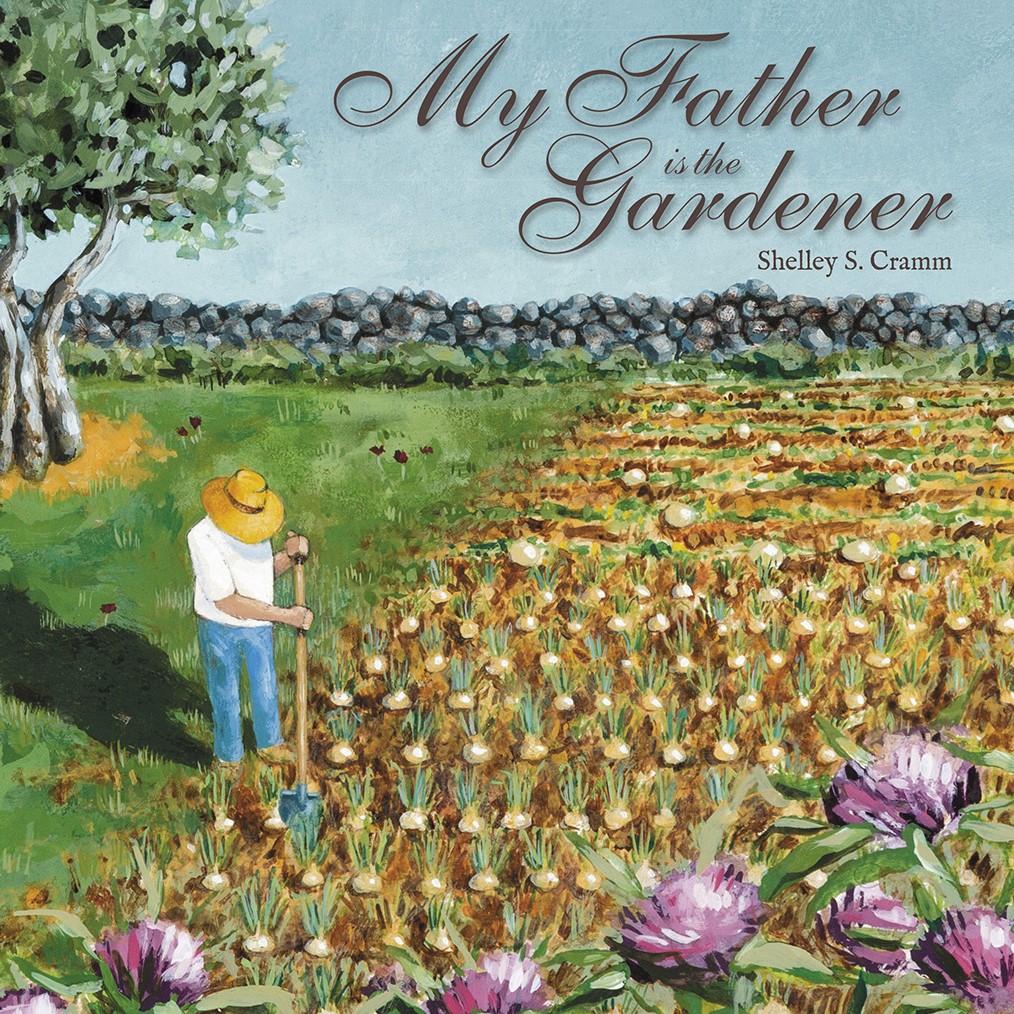
Do you love connecting God’s Word to your gardening work and the trees and plants around you? You will love my new book, My Father is the Gardener, Devotions in Botany and Gardening of the Bible, order at this link.
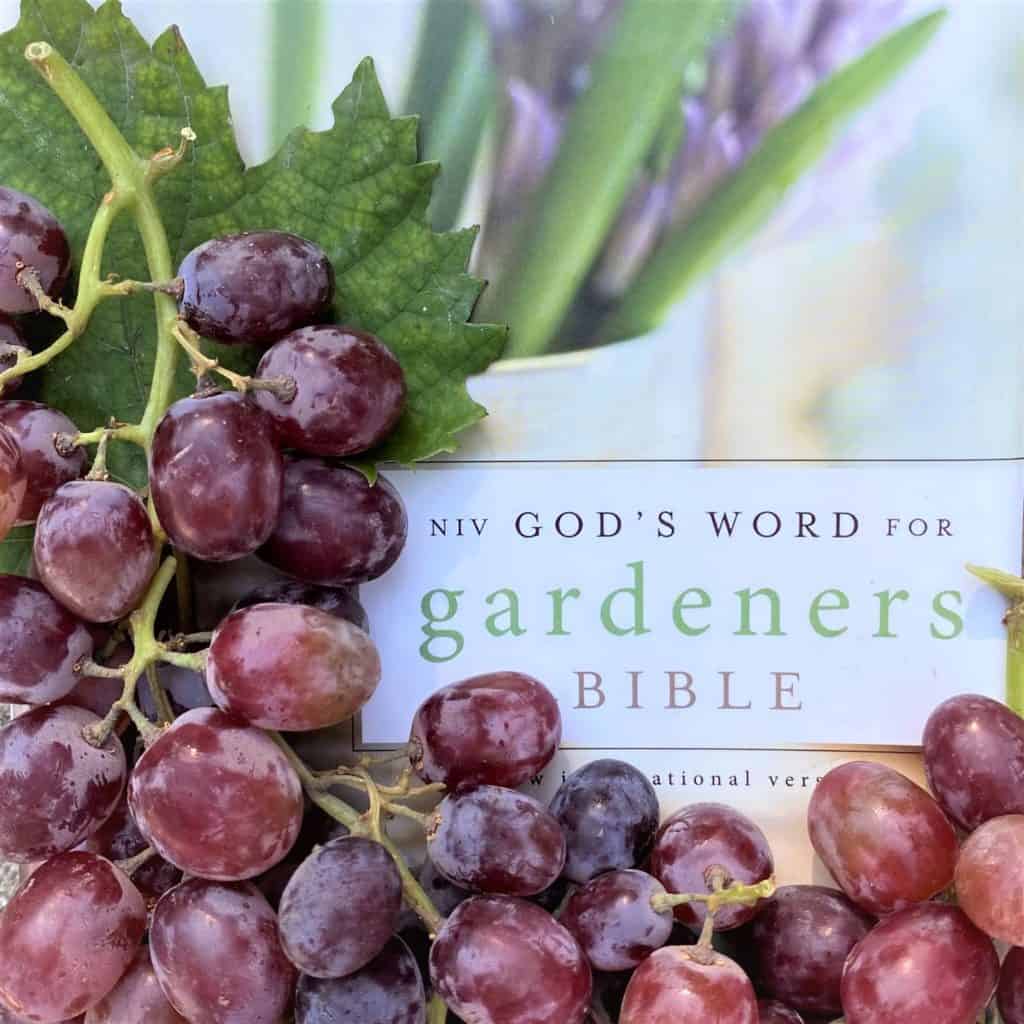
Read more devotions on the Song of Songs gardens in God’s Word for Gardeners Bible in the Garden Tour section on En Gedi, beginning on page a-16
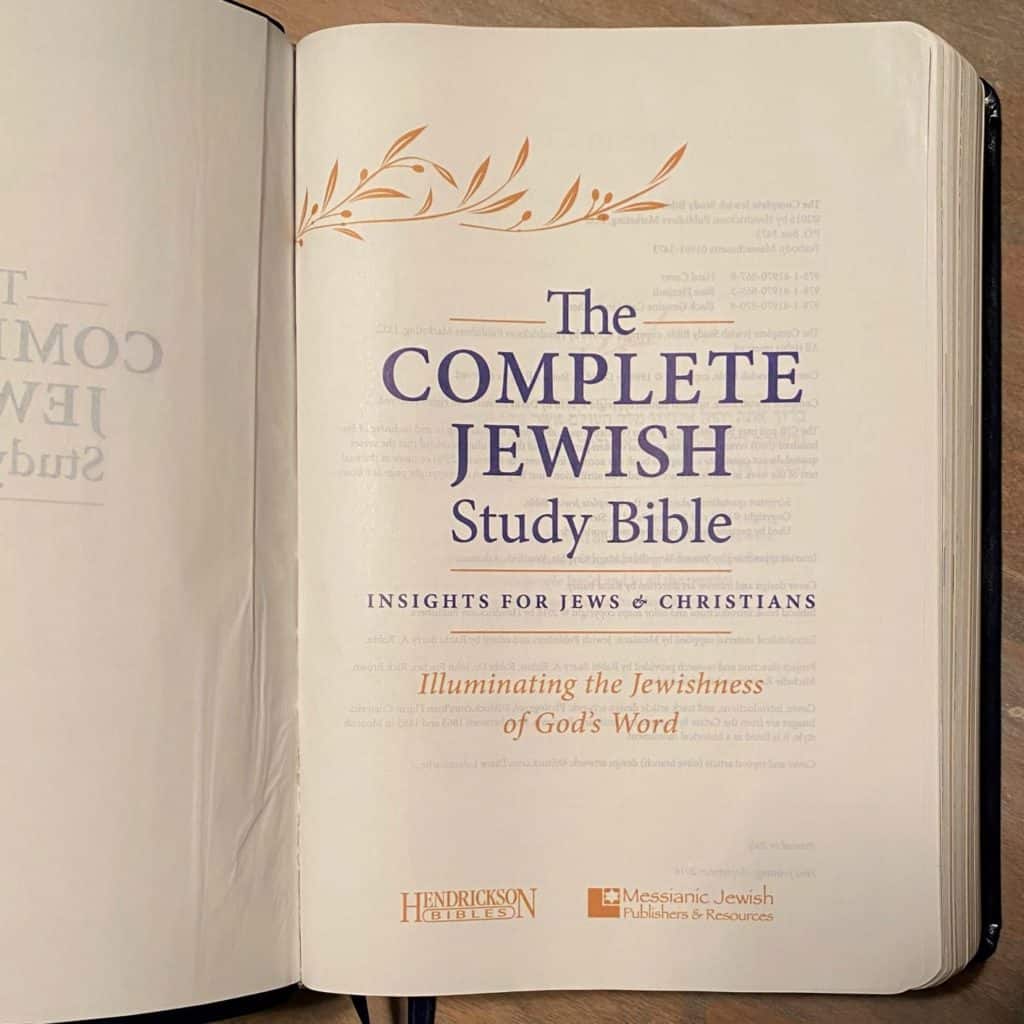
*From Parashah T’Rumah (Contribution) Exodus 25:1 – 27:19, appointed this week. Parashah are weekly portions of Torah read throughout the year by Jewish people

Find each year’s Lent series from the Devotions Blog on a new webpage called Series of 7 Studies. They are 7-part, successive devotions focused on garden topics in God’s Word to dig into at any time
Photo Credits: Cover photo ©2024 Shelley S. Cramm Henna plants with stock flowers in the background. Will these hennas blossom this year in our garden? Stock flowers usher in bright color and aroma while we wait…
Henna Flowers © Elise V Pearlstine | Dreamstime.com Small fragrant cream-colored aromatic flowers of the Henna Tree Lawsonia inermis growing in Florida
©2024 Shelley S. Cramm Henna plants fill a greenhouse at Doan’s Nursery, 622 S. Belt Line Road, Irving, TX 75060 – many thanks for the inspiration to begin The Bride’s Garden blog series!
Lawsonia inermis from Descourtilz, M.E., Flore [pittoresque et] médicale des Antilles, Vol. 6 (Paris: Pritchard, 1829). Plate 596. Contributed to www.plantillustrations.org by Missouri Botanical Garden, St. Louis, U.S.A. http://www.plantillustrations.org/illustration.php?id_illustration=92950
CJB notes Scripture quotations taken from the Complete Jewish Bible by David H. Stern. Copyright © 1998. All rights reserved. Used by permission of Messianic Jewish Publishers, 6120 Day Long Lane, Clarksville, MD 21029. www.messianicjewish.net.
The Message denotes Scripture quotations taken from THE MESSAGE, copyright © 1993, 2002, 2018 by Eugene H. Peterson. Used by permission of NavPress. All rights reserved. Represented by Tyndale House Publishers, a Division of Tyndale House Ministries.
NET designates Scripture quoted by permission from the NET Bible® copyright ©1996, 2019 by Biblical Studies Press, L.L.C. http://netbible.com All rights reserved.
NIV denotes Scripture quotations taken from the Holy Bible, New International Version®, NIV®. Copyright © 1973, 1978, 1984, 2011 by Biblica, Inc.® Used by permission of Zondervan. All rights reserved worldwide. www.zondervan.com The “NIV” and “New International Version” are trademarks registered in the United States Patent and Trademark Office by Biblica, Inc.®
NKJV denotes Scripture taken from the New King James Version®. Copyright © 1982 by Thomas Nelson. Used by permission. All rights reserved.
TPT denotes Scripture quotations taken from The Passion Translation®. Copyright © 2017, 2018, 2020 by Passion & Fire Ministries, Inc. Used by permission. All rights reserved. ThePassionTranslation.com

